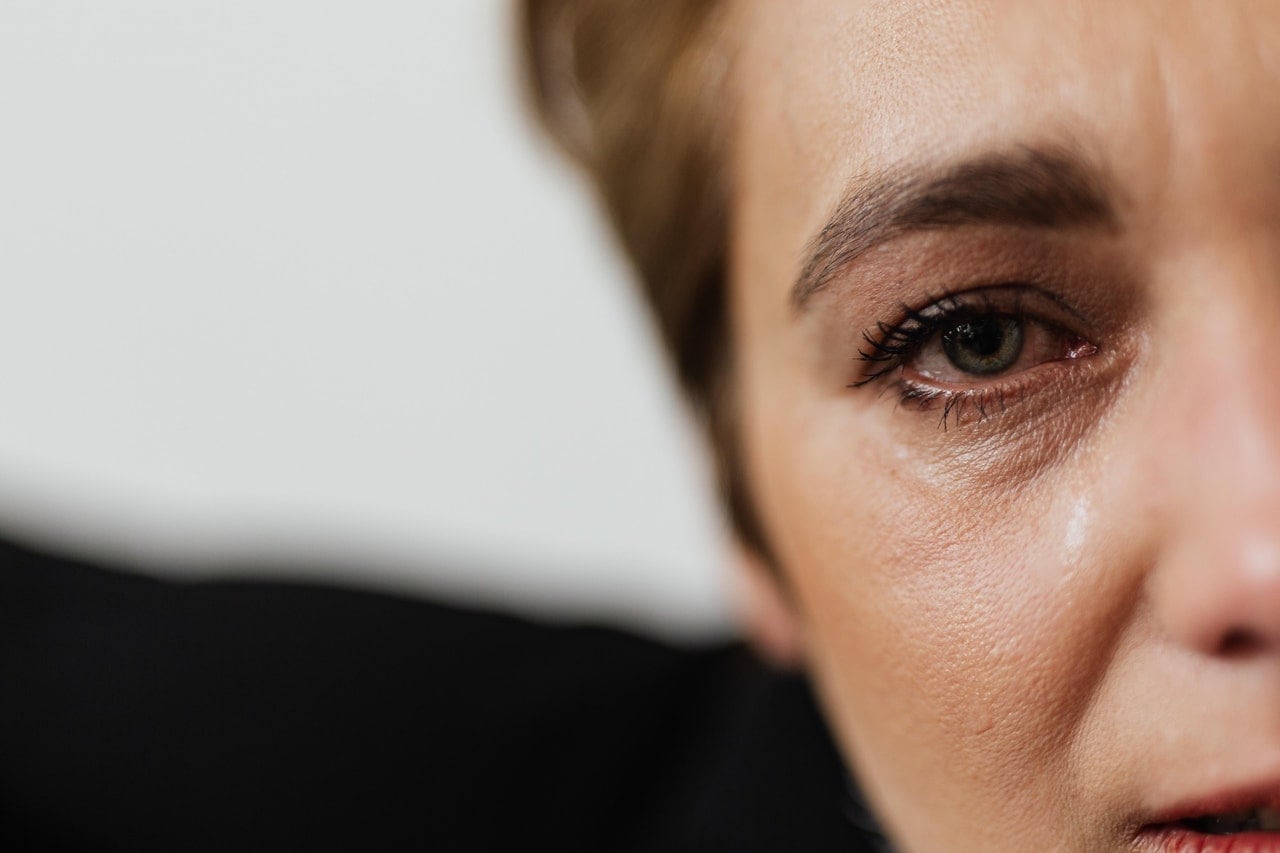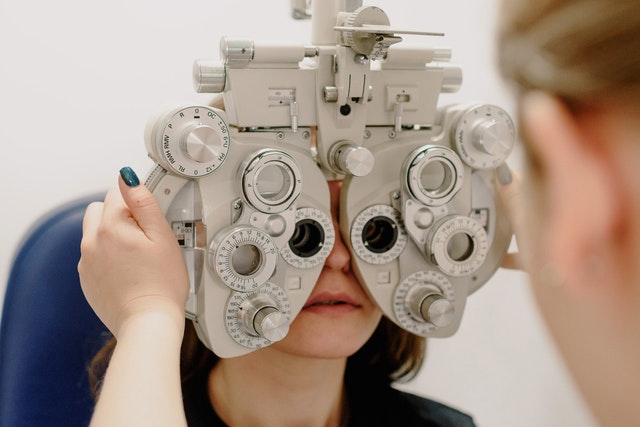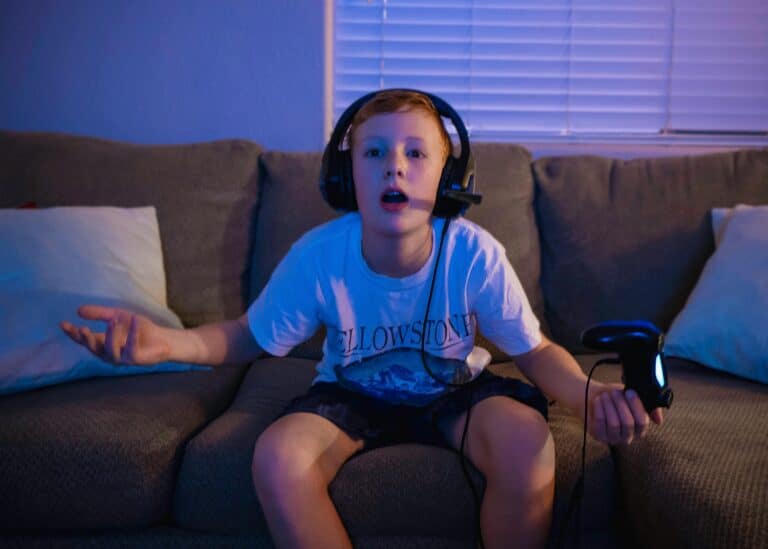Our eyes are not cameras. While they do gather information from the light rays that enter our eyes, eyes do not give us a picture of what we are seeing, or what it means. Instead it’s left to the brain to give us that sort of “insight” by making sense of the electrochemical signals the eyes deliver to it via the optic nerve, and processing them into an understandable image, says Australian behavioural optometrist Gary Rodney. But the result of that processing can only be as accurate and clear as the data in the package sent from the eye. And that’s where eye impairments become stumbling blocks.
Putting the Picture Together
Rodney, a Master of Optometry holder and fellow of the International Academy of Orthokeratology and Myopia Control (FIAOMC), says treating nearsighted (myopic) children has shown him what happens when that data is faulty or incomplete. These children, who can only see close objects clearly, will see anything as a blur if it’s in the distance, and will be totally unable to put that blurred image into a “frame” of perception.
He said the brain normally interprets the eyes’ signals by using built-up memories of shapes, textures, colours and locations, and transforms this into thought processes which enable us to perceive what we are seeing and make use of the information. This process is what distinguishes perceptual vision from eyesight. It puts what’s seen into perspective by providing a picture that’s set in the context of its construction, colour and environment, all of which give the image a meaning which the viewer can understand, react to, and use.
When the Message Fails, the Picture Blurs
When it comes to the millions of people around the globe who see the world through the blur caused by nearsightedness, Rodney says the messages to the brain would be compromised, providing data only about a blur of sorts, and without the detail and clarity the brain needs in order to process the signals into a picture that’s placed in a context which can be easily understood.
With eye impairments, and especially refractive ones such as myopia, the data carried by the light can be compromised. Due to changes in the shape of myopic eyes, the the eyeball gets longer causing the light rays to focus in front of the retina, instead of on it. This changes the range of vision, and affects the distance focus, resulting in less clarity and detail in the data amassed for the brain.
Progressive myopia, Rodney says, can worsen as a child grows, continuing to do so until they reach their late 20’s, and in severe cases can lead to the formation of cataracts and in some instances, blindness. It can also impact on social development, skills like reading and maths, school performance and behaviour in the classroom.
Dealing With the Blur
Incurable, myopia can be treated in various ways, including using Orthokeratology, a treatment which is showing excellent results using nighttime contact lenses to temporarily reshape the cornea, and so lessen the refraction errors which result in confused vision. Vision therapy, during which myopics receive training in how to see what they are looking at and determine its relevance, is also proving to bring about dramatic changes in the visual worlds of many children who are treated at his Smart Vision optometry clinics in Sydney, Australia..
For more information visit the Smart Vision website: Optometrists Sydney: Optometry Services For Children and Adults | Smart Vision; for specific information about Myopia treatment and prevention visit Myopia Prevention: Solutions, Control And Treatment In Sydney; and for detailed information about Myopia Treatment visit Orthokeratology In Sydney: The Non Surgical Alternative.
Book an appointment for a thorough eye check-up or Call the Bondi clinic on (02) 9365 5047 or the Mosman clinic on (02) 9969 1600.







